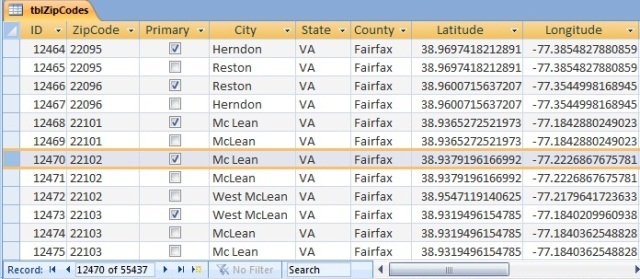

There are four primary types of ZIP codes: PO Box, Unique, Military, and Standard. ZIP codes that do represent a physical area are typically just mail delivery routes – meaning that you could have a ZIP code within another ZIP code. Similarly, any high-volume recipient can have its own unique ZIP code, such as corporate headquarters, government agencies, or large institutions. The best example of this “placeless” designation is the US Navy, which has its own ZIP code, but no permanent location. a street address or Post Office), rather than any defined bounding region. ZIPs are actually designations identifying the point of delivery (i.e. As we also mentioned previously, although ZIP codes were enumerated based on regional sorting facilities, geographic boundaries do not technically exist. We introduced in the last post how ZIP codes were first introduced in the 1960s and how they were developed to help the Postal Service improve nationwide mail distribution. WHAT MORE COULD THERE BE TO KNOW ABOUT ZIPS?


 0 kommentar(er)
0 kommentar(er)
